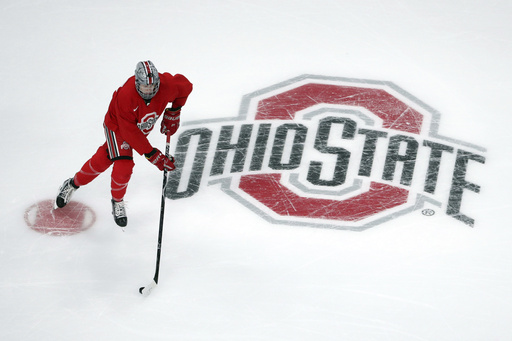Three years into the era of college athletes being able to earn money through name, image and likeness deals, the landscape of college sports is still navigating uncharted territory. Greg Sankey, the commissioner of the Southeastern Conference, referred to this period as “uncharted waters of change” during SEC Media Days in Dallas. The impact of NIL extends beyond football to touch various corners of college sports and also influence charitable organizations involved in helping athletes secure sponsorship deals.
NIL deals for college athletes became permissible after a Supreme Court decision in 2021 forced the NCAA to allow players to profit from their name, image, and likeness. As a result, a cottage industry emerged to facilitate deals between athletes and boosters through the formation of both for-profit companies and nonprofit organizations. These nonprofits played a role in bridging the gap between colleges not being able to pay players directly and athletes being able to benefit from their NIL.
However, the IRS issued a memo in June stating that many NIL nonprofit activities did not meet the criteria for tax-exempt status as they were deemed to serve the private interests of players rather than the public good. Despite this, some nonprofit collectives continue to operate, while others have ceased operations following the IRS memo.
One example is the Crimson Collective at the University of Utah, a nonprofit that supports athletes and has successfully obtained tax-exempt status. The organization emphasizes its support for charities within the state rather than facilitating individual athlete deals. Similarly, the Cohesion Foundation at Ohio State has halted new donations post-IRS memo but has not officially closed, indicating uncertainties around the future of nonprofit involvement in NIL contracts.
There is a growing debate surrounding the role of tax-exempt organizations in NIL deals, with opinions varying on whether philanthropic work aligns with the spirit of charitable missions. As the NCAA and major conferences move towards revenue-sharing models with athletes and state legislatures grapple with unionization and NIL laws, the future of college sports and nonprofit involvement in NIL remains uncertain.
